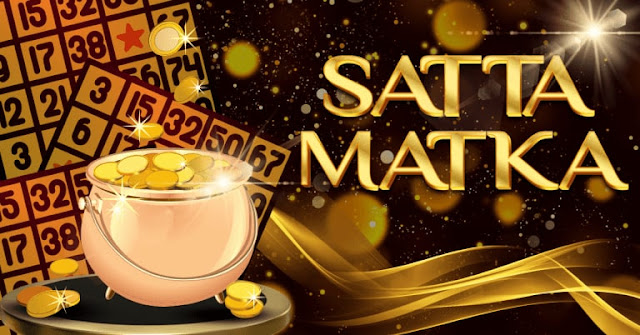Learn These Tips Before Playing The Satta Matka Game
A different term for the game known as Satka Matka 220 Patti is "gambling in Satta and Matka." After India attained its independence in 1950, this well-known game was introduced for the very first time. Players of any age can participate in Satta Matka Game as it is player-friendly. You can view how other people have played this game in the past and the prerequisites that are needed presently.
Looking for an exciting and thrilling betting app? Worry no more; one app will give you access to all of India's most played games with many bonuses waiting for you! Be part of our ₹99999 daily giveaway! To experience high chances of winning, and discover the best India's Online Mobile Games visit this website hobi games.
Today is a great day to play the Satta Matka game; pick a number and a spot to bet on it. During the game, the dealers must randomly select numbers between 0 and 9. The gambler who chooses the numbers drawn exactly will be declared the winner.
Where Did Satta Matka Come From? | A Guide To Playing The Satta Matka Game
Alterations were made to the game as time went on. The gameplay can be altered to accommodate a variety of player lifestyles. Nevertheless, the title of the game, "Matka Satta," has not changed at any point during this procedure.
The range of numbers from 0 to 9 that gamblers pull out of the machine today is 0 to 3. The individual who has amassed the most cash at the end of the game is declared the victor. The Central Market in Mumbai is the most prominent site for betting. But how did this have such a widespread reputation in downtown Mumbai? What could be the reason behind this?
In the 1950s, wagers on cotton opening and end rates were placed at the beginning of the game and teleprinted to the Bombay Cotton Exchange. These bets were placed in rupees. They bought all this cotton at the NY Cotton Exchange, New York.
In 1961, the New York Cotton Exchange decided to stop making the trade. It motivated gamblers to look for additional replacement tactics, which helped to keep the Satta Matka gambling industry alive. Ratan Khatri, an immigrant from Sindh, Pakistan, developed an innovative strategy.
To illustrate the opening and closing prices, he used fictitious items and playing cards. On each card were specific numbers arranged in a market, which is an earthen pitcher. Following the distribution of the cards, a single participant revealed the numbers.
You are now required to choose three numbers from the deck of cards.
In 1962–1964, some rules were relaxed, leading to significant progress. One of the two Satta Matka Games popular during this era was Kalyanji Bhagat's Matka, played each day of the week. The second was Ratan Khatri's Matka, which took place over five consecutive days (Monday through Friday).
Most workers at the textile mill in Mumbai play the Satta Matka Game during peak working hours, creating new bookies within the factory and around the city center of Mumbai. The 1980s and 1990s were a period of rapid expansion for this sector of the economy.
Bets worth 500 crore rupees were placed each month during this time. The Mumbai Police Department has begun a big crackdown on gamblers in the city. After that, it relocated to other areas of the country across the United States.
A significant number of gamblers have learned about various new betting methods and platforms. Online cricket betting is done by a few individuals, including a few affluent individuals.
During the 2000s, Satta Matka players generated annual revenue of approximately Rs. 100 crores on average.




Comments
Post a Comment